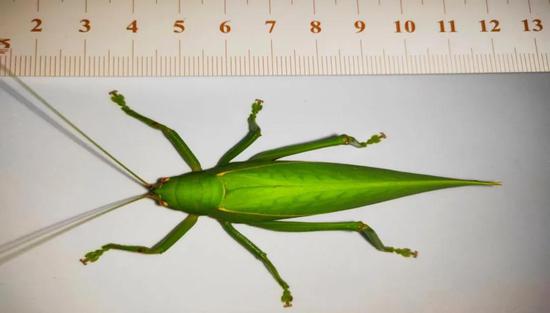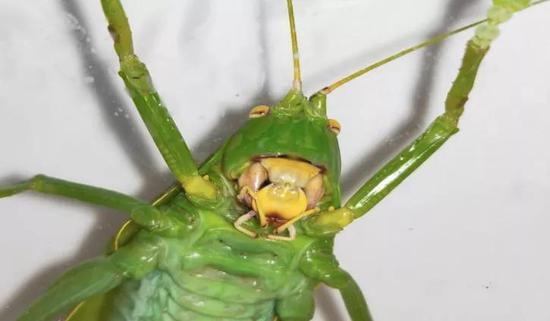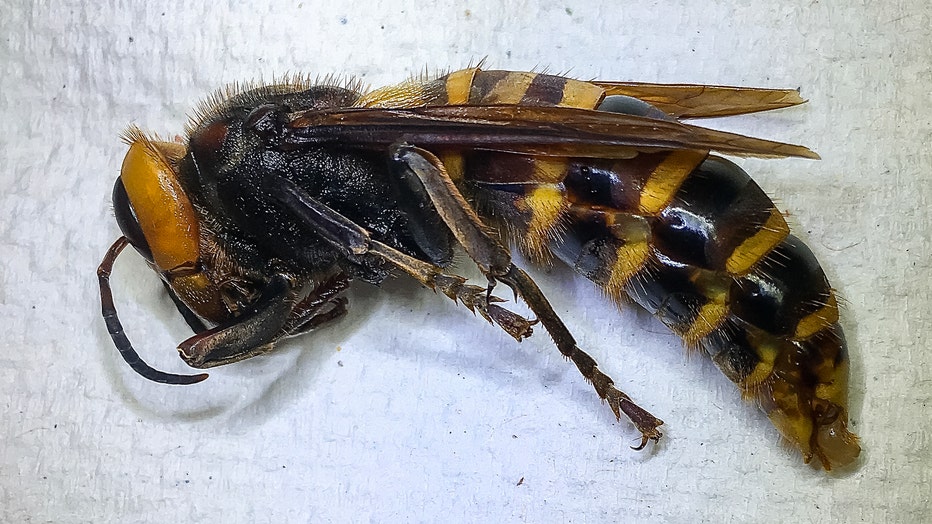The Three Gorges Dam in Central China’s Hubei Province on Thursday is set to face the largest ever flood peak since it was built. The reservoir has been ready to confront the challenge by coordinating with dams at its upper stream to retain the flood water, said the Three Gorges Corp.
The latest hydrometeorological forecasts estimated the inflow flood peak of the Three Gorges project will reach 73,000 cubic meters per second at 8 am on Thursday, the largest volume since it was built in 2003.
To confront the flood peak, dams in the upstream of the Yangtze River – including Wudongde, Xiluodu and Xiangjiaba dams, also managed by the Three Gorges Corp – will work together under “elaborate deployment and operation” to jointly retain the flood, the Three Gorges Corp said in a statement it sent to the Global Times on Wednesday.
The dams will sufficiently exert the flood defense function of a cascade reservoir within the basin, and are expected to ease the flood defense pressure for Southwest China’s Sichuan Province and Chongqing Municipality, as well as the Three Gorges project, according to the statement.
It is estimated the inflow water peak will be cut down to 68,000 cubic meters per second from 70,000, the Xinhua News Agency reported on Wednesday.
Meanwhile, the discharge flow of the Three Gorges project will increase to 46,000 cubic meters per second from 42,000 under the demand of the Changjiang Water Resources Commission under the Ministry of Water Resources.
On Saturday, the Three Gorges Dam withstood the No.4 flood of the Yangtze River of the year, which had an inflow of 62,000 cubic meters per second.
Two days after, the No.5 flood occurred along the upstream of the Yangtze River.
Several branches of the upstream of the Yangtze River saw record flood peaks due to constant heavy rainfall.
Southern China has been suffering severe floods this summer. The Chongqing Municipality on Tuesday launched a Level I emergency response to flood defense as the No.5 flood of the Yangtze River hit the city with a population of 31 million.







